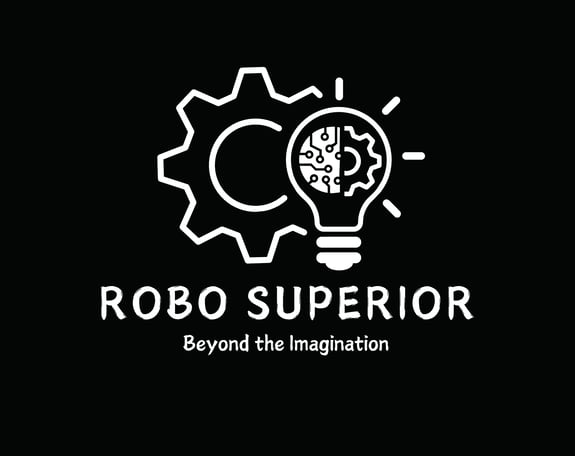
Humans function on water.
Yet billions lack access to clean, affordable sources. How can something so vital be so scarce for so many? This crisis demands a bold solution. Aerinite Desal powers the future, delivering fresh water and renewable energy—sustainably, efficiently, and without compromise.

A global emergency that’s only getting worse
Today, more than 2.2 billion people around the world don’t have access to safely managed drinking water. Another 3.5 billion lack access to safe sanitation, creating a compounding health and infrastructure crisis. And this isn’t just a problem in far-off places—water scarcity is increasingly affecting major cities, agricultural regions, and growing populations across the globe.
By 2025, it’s projected that two-thirds of the global population could be living under water-stressed conditions. By 2050, more than 5 billion people may face severe water shortages due to climate change, population growth, pollution, and overuse of existing sources.

So how is this possible when 71% of the Earth’s surface is covered in water?
less than 3% of all the water on Earth is freshwater. And out of that, the vast majority is locked away in glaciers, ice caps, or deep underground. Less than 1% of the planet’s water is readily accessible for human use in rivers, lakes, and shallow aquifers. That tiny fraction is what nearly 8 billion people—and all of agriculture and industry—depend on every day.
It’s not just about water being scarce. It’s about it being inaccessible, polluted, mismanaged, or out of reach. The crisis isn’t coming—it’s already here. And we need solutions that can meet the scale and complexity of the challenge now.
There are a lot of ways to make seawater drinkable. Thermal desalination, one of the oldest methods, has been around for decades. It works, but it is extremely high energy demand. That’s why, over time, we’ve developed newer and more energy-efficient approaches. Reverse osmosis became the next big step forward. It’s now widely used in places like Israel, Saudi Arabia, and the UAE to provide clean water at a national scale. These countries have invested heavily in desalination infrastructure and use it to supply millions of people with potable water every day.
Isn’t water desalination already possible?
Why These Aren’t Real Solutions
Brine
Energy
Maintenance
Wasting Valuables
Brine Discharge.
High Maintenance Cost.
Wasting Highly Valuable Minerals.
Uses a Lot of Energy.

When atmospheric conditions disrupt the light, our adaptive rate and hybrid architecture maintains the connection, with minimal downtime.
When atmospheric conditions disrupt the light, our adaptive rate and hybrid architecture maintains the connection, with minimal downtime.
When atmospheric conditions disrupt the light, our adaptive rate and hybrid architecture maintains the connection, with minimal downtime.
When atmospheric conditions disrupt the light, our adaptive rate and hybrid architecture maintains the connection, with minimal downtime.
Introducing
Project Desal


Zero Brine
No Energy
Low Maintenance
Collecting valuables
No Brine Discharge.
Low Maintenance Cost.
Extracting Highly Valuable Minerals.
Generates & Uses Its Own Energy.




